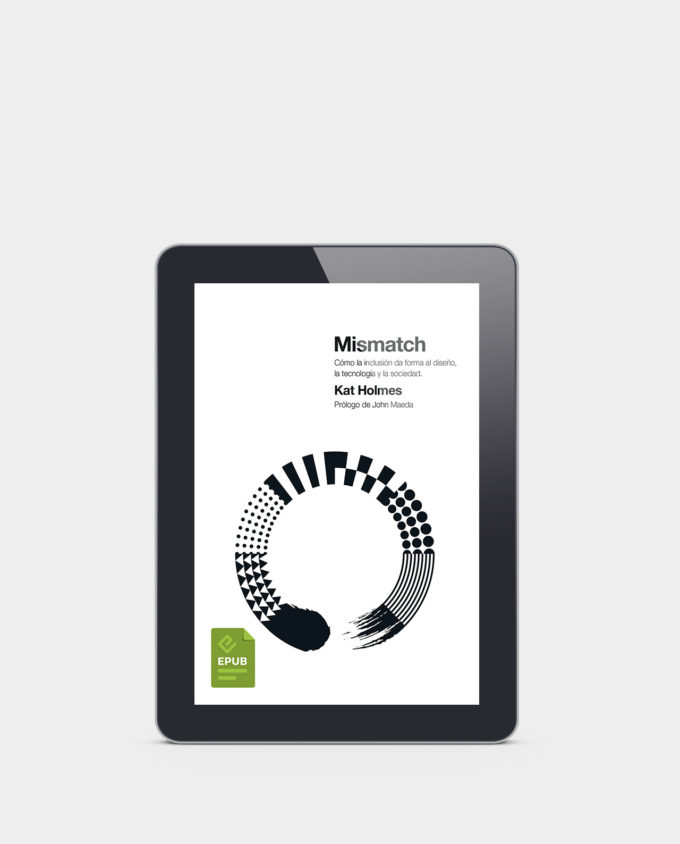
Trying to design more inclusively, or accessibly, can be intimidating. She does so with a practicality that is refreshing and encouraging.

So Holmes tries to be more concrete-both about how businesses benefit from building more inclusive experiences and about the first steps we can take to start improving the inclusivity of the things we create. To its own detriment, inclusion is often categorized as a feel-good activity.

Believing that it should prevail simply because it’s the right thing to do is the fastest way to undermine its progress. Treating inclusion as a benevolent mission increases the separation between people. The response to these mismatches may be emotional on the part of the person experiencing them, but Holmes is quick to point out that viewing “inclusion” as a “nice thing to do” does it a disservice. Or they can feel like running into a locked door marked with a big sign that says “keep out.” Both hurt. They can feel like little moments of exasperation when a technology product doesn’t work the way we think it should. Mismatches are the building blocks of exclusion. Some mismatches may seem minor (like, perhaps, ordering from the menu) but as Holmes points out, they add up fast and can lead to a significant feeling of not belonging: So far, it seems to be getting the point across better than terminology I’ve used in the past. I’ve already started experimenting with using the term in my own work when I’m helping clients to identify audiences who are getting a subpar, or even unusable, experience from their sites. An example she gives is trying to order from a menu written in a language you can’t read. I absolutely loved her use of the term “mismatches” as a way to consider when an experience doesn’t align with the reality of how a person needs to interact with that experience.

Much of the concepts of the book will be familiar if you’ve already read much about the topic, but Holmes’ presentation of those concepts is often unique and, for me, made me consider familiar ideas in unfamiliar ways. It does, however, do a very good job of tearing down the blinders we wear and helping to expose designers to the impact of what we create. At less than 200 pages, Mismatch is a brisk read and it’s not going to cover everything you need to know. Mismatch attempts to fix that by helping to provide a framework for how to design and build more inclusive experiences.

Inclusion has become a borderline buzzword that many companies like to throw around but few know how to actually prioritize.


 0 kommentar(er)
0 kommentar(er)
